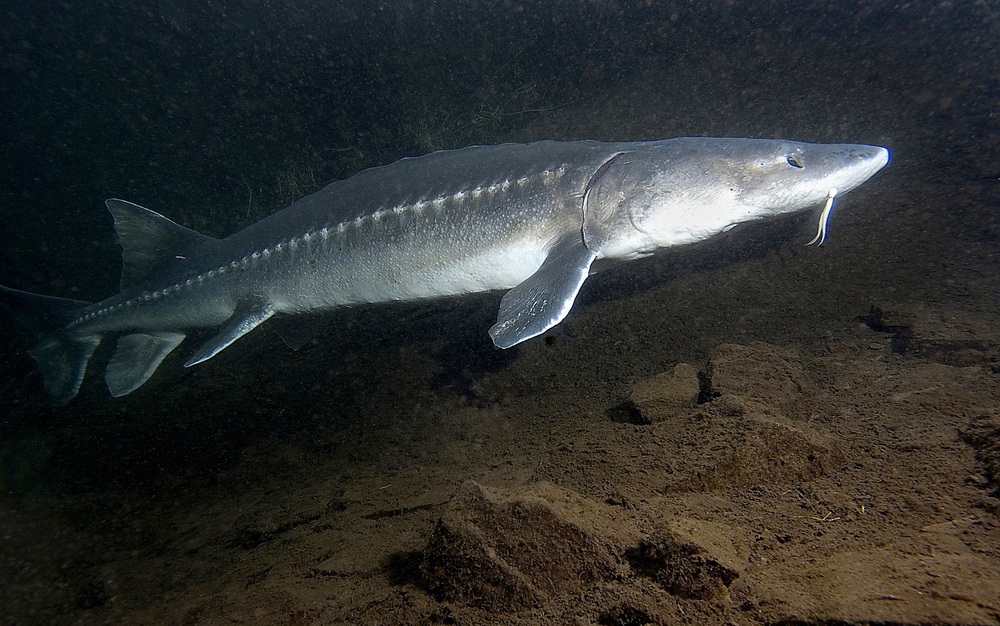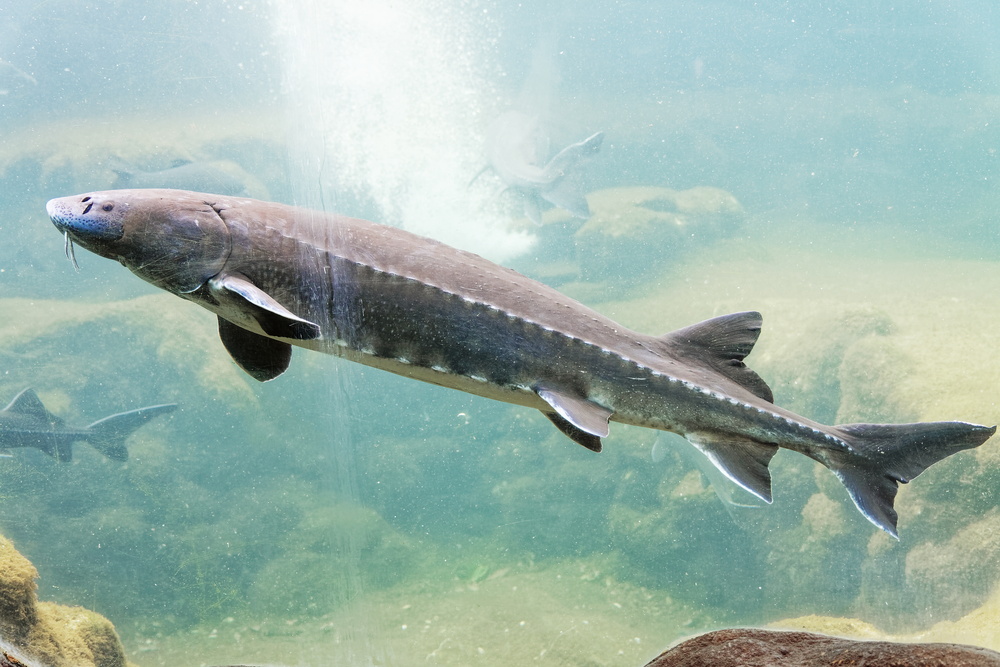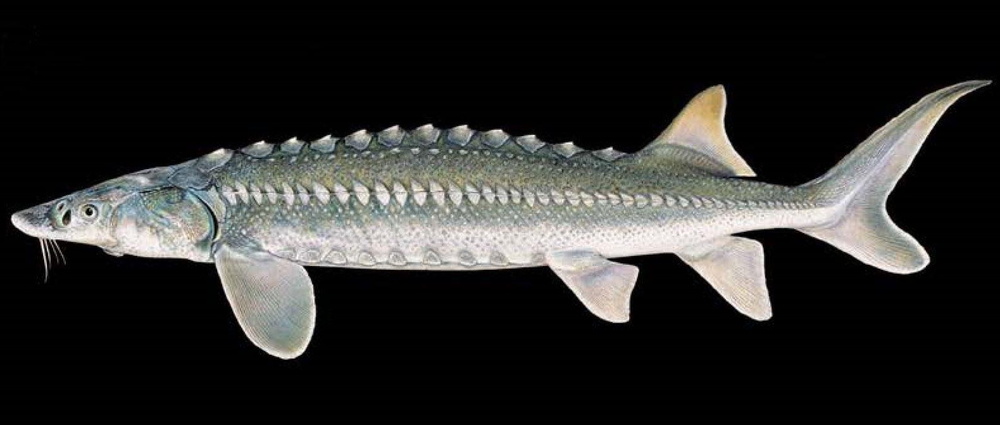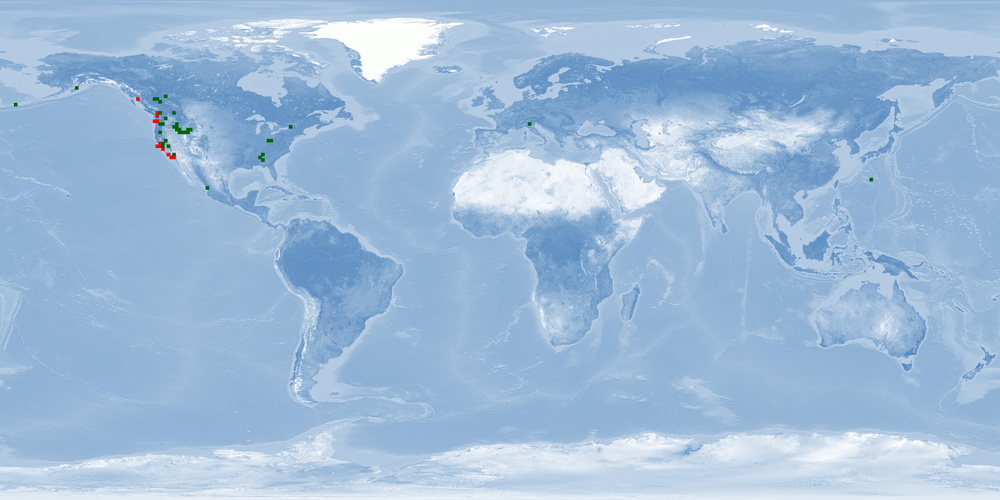Farming remarks
Acipenser transmontanus is a long-lived and late-maturing species found on the Pacific coast of North America. It is the largest freshwater fish in its distribution range. Although mostly anadromous, there are some non-migrating populations. Once very abundant, it was overfished almost until extinction in the early 20th century, and only through severe fishing restrictions that are still applied its populations were allowed to recover. Farming started in the late 20th century, and although there is a fair amount of research on this species, there are still considerable knowledge gaps and sub-optimal practices that influence its welfare in farming. Namely, behaviour in the wild lacks studies, spatial needs are not met, reproduction is highly manipulated and invasive, substrate requirements are mostly absent, and an effective protocol for stunning and slaughtering is not established. Further effort to provide a more natural environment in farming conditions, natural spawning, and humane stunning and slaughtering should result in improved welfare.
For details see: WelfareCheck | farm















